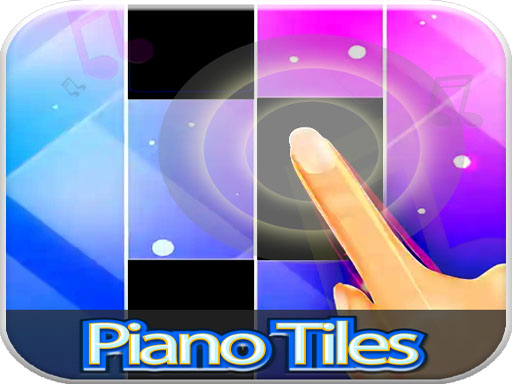

It has to be in every word you make, and many times I've thought I had a great answer, only to have my word rejected because I forgot the center letter. As you study the honeycomb of letters, think about which ones are frequently doubled up in words (EE, RR, LL) and see if you can do that here. Just like in Wordle, letters can be used more than once. Getting different letters next to each other helps you start to see obvious words that you missed, Guglielmo points out. This doesn't give you new letters, but it does rearrange the day's batch. In-between those buttons is an unlabeled reshuffle button.

Below the day's letters, there's a button to delete letters from your guess and a button to enter, or submit, your guess. The Spelling Bee has a super-simple layout. As Guglielmo points out, over time, you'll learn that words you may never have thought of are included, such as "ratatatat." CNET staffer Dan Avery, a frequent player, notes that just like with crossword puzzles, certain relatively obscure words show up again and again, such as "acai" and "acacia." 6. You can go back and look at the previous day's game - and you should. And once you have it, check to see if there are smaller words (minimum of four letters though) hidden inside that long word. Not that it could be longer than seven letters, if you reuse a letter or two. I'll keep rearranging the letters to see if I'm inspired to find that magical word. Just knowing that word is out there sometimes pushes me to see the options. The puzzle promises that there is always one pangram - a word using all seven of the provided letters. "In 18 months of playing, we've only gotten Queen Bee twice!" she says. Once they reach the Genius level, either one can chime in with more words in their attempt to reach the Queen Bee level. The Genius level requires 68 points, so one person works their way up to 34, then the other player takes over. One of them starts the game and finds as many words as they can.

She plays the Spelling Bee with her husband. Maybe you found a word like "test," as in "The New York Times Spelling Bee is a real test of my patience." You can dress that up with "testing" or "tested."ĬNET's Connie Guglielmo shared this advice for the Bee in our Wordle tips story. If you ever see the letters ING or ED in your daily spelling bee, you're golden. If you have the right letters, use a prefix, like "unhappy," or a suffix - "happiness." There are levels of happy, too, like "happiest" or "happier." No reason not to wring as much juice out of one word as possible. So you've made a word - say, "happy." You'll be even happier if you can turn that base word into a bunch more. Just as with Wordle, there are some tips and strategies for playing the New York Times Spelling Bee. New York Times Spelling Bee tips, tricks and strategies
#Free nyt tiles play full
Want to play via an app? The Times Games app (called simply The New York Times Crossword) on iOS and Android is free to download for anyone, but only home delivery, All-Access and NYT Games subscribers have full access to everything the app offers, the spokesperson told me.

You also have access to puzzle archives and a whole batch of other game goodies with this deal. The newspaper is smart enough to know that some people just want its iconic crossword puzzle and other word games, including the Spelling Bee, and so lets people pay to do just that. You can also choose to buy a NYT Games subscription, which costs $40 a year, or $1.25 a week, paid monthly. But the next level up, All-Access, does include NYT Games. Games, including the Spelling Bee, aren't included in the cheapest subscription, the Basic level. If you have a digital subscription, it depends on the pricing level you pay. If you get the print version of the Times delivered, you have access to play the Spelling Bee daily.


 0 kommentar(er)
0 kommentar(er)
